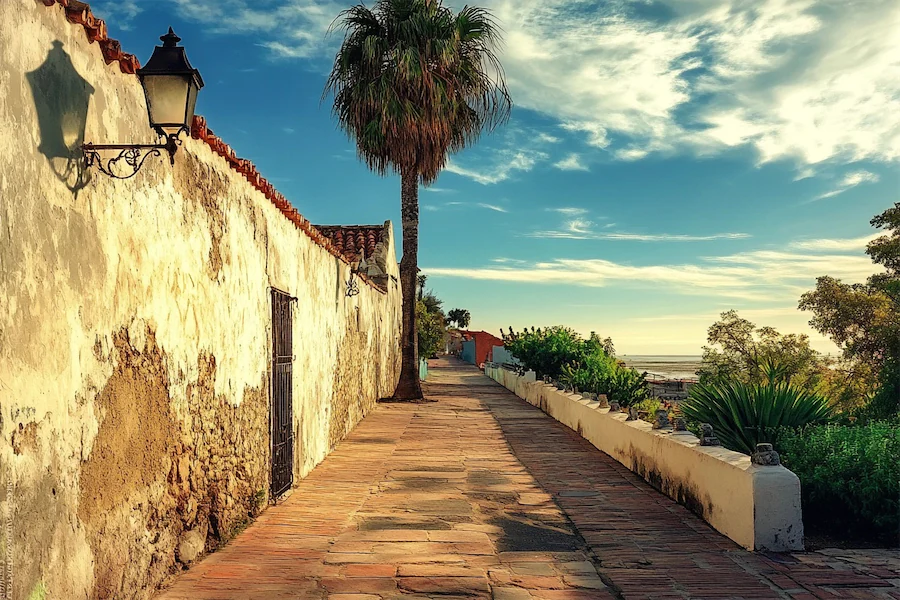Spanish Colonial architecture, which flourished from the 16th to the early 19th centuries, is renowned for its distinctive wall constructions that reflect both functional and aesthetic considerations.
History and Origins of Spanish Colonial Walls
The Spanish Colonial style emerged as Spanish settlers adapted their traditional building techniques to the new environments of the Americas. This adaptation led to the use of locally available materials and methods suitable for various climates, resulting in the characteristic thick, stucco-covered walls.
Key Features of Spanish Colonial Walls
- Thick Stucco Walls: Spanish Colonial walls are notably thick, often constructed from adobe bricks or stone, and coated with white or light-colored stucco. This design serves to reflect sunlight, keeping interiors cool in hot climates.
- Adobe Construction: In regions where clay was abundant, adobe bricks—made from sun-dried earth and straw—were commonly used. These materials provided excellent thermal mass, stabilizing indoor temperatures.
- Minimal Ornamentation: The walls typically feature simple, clean lines with limited decorative elements, emphasizing functionality and modesty.
Applications of Spanish Colonial Walls
Spanish Colonial wall designs were employed in various structures, including:
- Residential Buildings: Homes featured thick walls to maintain comfortable indoor temperatures and provide structural durability.
- Religious Structures: Churches and missions utilized these walls for their robustness and the ease with which stucco could be molded for subtle decorative purposes.
- Military Fortifications: Forts and presidios incorporated thick, stuccoed walls to withstand attacks and harsh weather conditions.
Considerations When Choosing Spanish Colonial Wall Designs
When considering Spanish Colonial wall designs for restoration or new construction, it’s essential to:
- Use Authentic Materials: Employ traditional materials like adobe or stone, finished with stucco, to maintain historical accuracy and achieve the desired thermal properties.
- Consider Climate: The thick walls are particularly suited for warm, dry climates where their thermal mass can effectively moderate indoor temperatures.
- Maintain Simplicity: Adhere to the style’s characteristic simplicity, avoiding excessive ornamentation to preserve its authentic appearance.
Conclusion
Spanish Colonial walls are a defining feature of this architectural style, combining practicality with understated beauty. Their design reflects a harmonious blend of cultural influences and environmental adaptations, resulting in structures that are both enduring and aesthetically pleasing.
